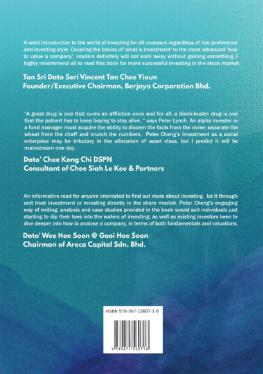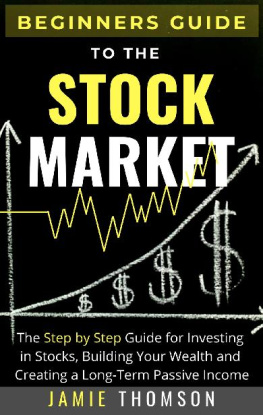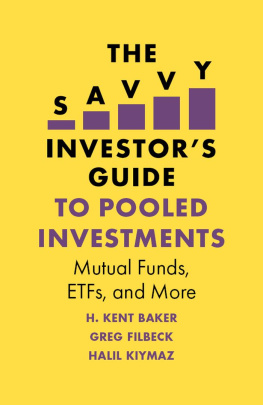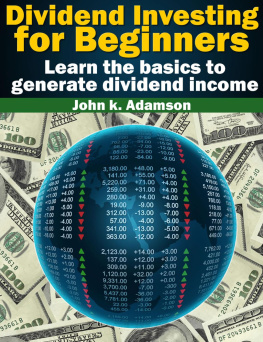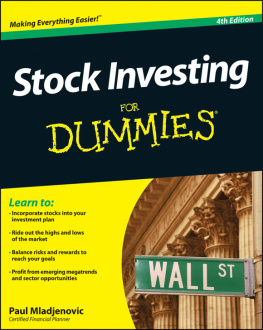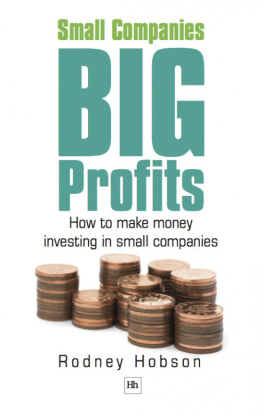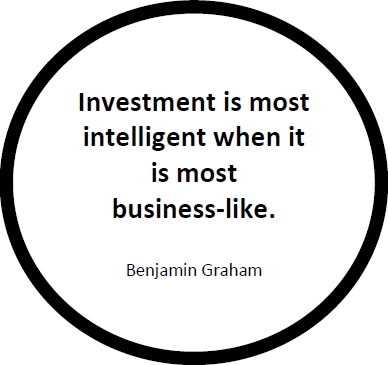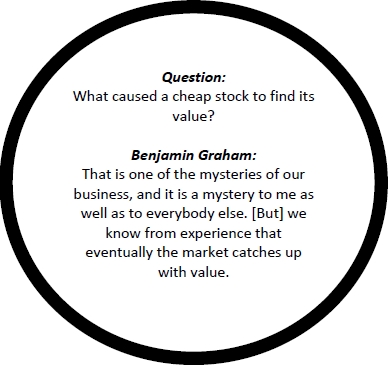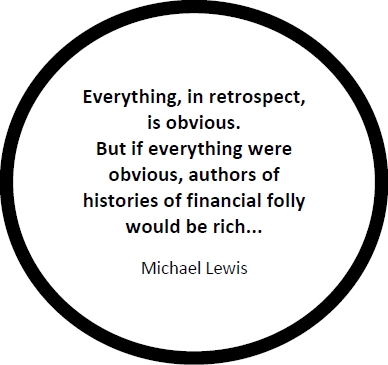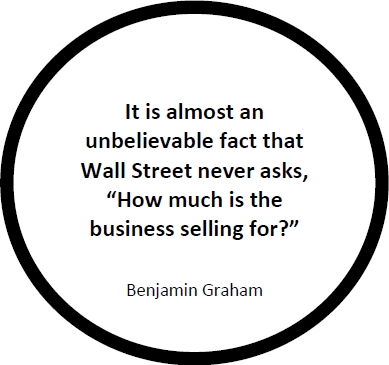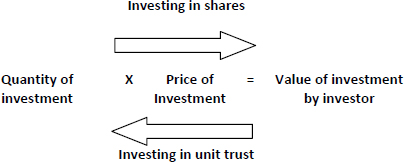tze cheng lim - What I Learnt as an Analyst: Sharing of Experience in Investment and Analysis
Here you can read online tze cheng lim - What I Learnt as an Analyst: Sharing of Experience in Investment and Analysis full text of the book (entire story) in english for free. Download pdf and epub, get meaning, cover and reviews about this ebook. year: 2018, publisher: BookBaby, genre: Romance novel. Description of the work, (preface) as well as reviews are available. Best literature library LitArk.com created for fans of good reading and offers a wide selection of genres:
Romance novel
Science fiction
Adventure
Detective
Science
History
Home and family
Prose
Art
Politics
Computer
Non-fiction
Religion
Business
Children
Humor
Choose a favorite category and find really read worthwhile books. Enjoy immersion in the world of imagination, feel the emotions of the characters or learn something new for yourself, make an fascinating discovery.
- Book:What I Learnt as an Analyst: Sharing of Experience in Investment and Analysis
- Author:
- Publisher:BookBaby
- Genre:
- Year:2018
- Rating:4 / 5
- Favourites:Add to favourites
- Your mark:
What I Learnt as an Analyst: Sharing of Experience in Investment and Analysis: summary, description and annotation
We offer to read an annotation, description, summary or preface (depends on what the author of the book "What I Learnt as an Analyst: Sharing of Experience in Investment and Analysis" wrote himself). If you haven't found the necessary information about the book — write in the comments, we will try to find it.
Citing personal experiences as an analyst and fund manager, What I Learnt as an Analyst does not aim to glorify successes or condemn failures, but to equip both novice and experienced readers with the right tools to succeed in their chosen financial path.
Part I: Unit Trusts as an Investment is intended for individuals who want to invest in the stock market but dont have the interest or resources to analyze individual companies. For them, the most viable way is through investments in unit trusts. Part I will guide investors on the ins and outs of investing using this method.
Part II: Shares as an Investment is meant for individuals who wish to invest directly into the stock market. Rather than jumping in blindly, it aims to equip individual investors with a basic understanding of financial statements, financial ratios, basic valuation methodologies, and other aspects of analysis to consider when analyzing a company.
In addition to promoting and spreading financial literacy among society, the book will benefit the Kriyalakshmi Mandir Shree Sai Gurukul Charitable Society (KMSSG), a Non-Profit Organisation registered with the Registrar of Society of Malaysia, through proceeds earned by its sale.
All KMSSG activities are posted on its official Facebook page at KMSSG Charitable Society.
tze cheng lim: author's other books
Who wrote What I Learnt as an Analyst: Sharing of Experience in Investment and Analysis? Find out the surname, the name of the author of the book and a list of all author's works by series.

